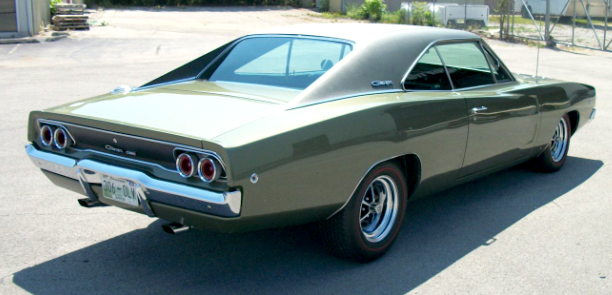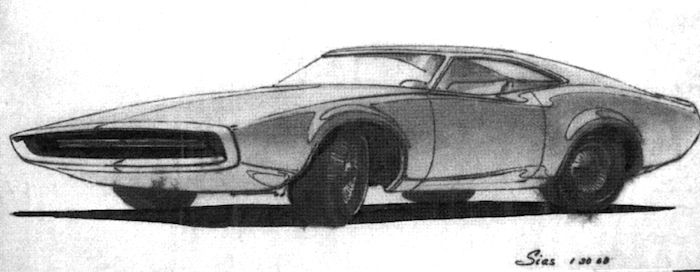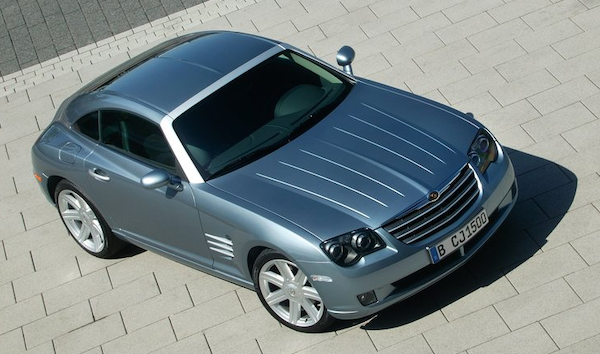Such seems to have been the case for the now-renowned 1968 Dodge Charger. Regarding that, consider this detailed background by Dodge stylist Diran Yazejian that can be found here (and here if the first link fails).
It has to do with Richard Sias and his bosses Bob Brownlie and Charles Mitchell. It seems that when Brownlie went to Europe for two weeks he had ordered Sias and others not to work on Sias' Charger design while he was away. But they did. And senior styling executives loved the design. The end result, even though the new Charger design was a sales success, Sias was in Brownlie's doghouse. So he quit Chrysler and later worked in Walter Dorwin Teague's team devoted to designing Boeing airliner interiors.
The Charger design stemmed from Sias' Double-Diamond overhead profile concept. As Yazejian put it, "They created a true icon: a design that wasn't copied from anything, and has been copied by no one since."
1968 Charger, Mecum Auction photo. This shows the long, flowing rear fenderline and passenger compartment sail panels flanking the flat back window,
Same car, side view. Note how the front fenderline fades out near the door midpoint and the rear fenderline begins by the cowling.
Front quarter view, Bring a Trailer photo. Extremely simple grille: maybe too simple. It was improved for 1969.
Overhead view, factory photo. Note the zone where the fenders overlap. This has to do with the Double Diamond concept.
Sias drawing of a Double Diamond example.
Another Double Diamond Sias image.
Sias sketch of non-Double-Diamond Charger possibility. It is dated after the 1968 model had been in production.
I'm not sure Diran Yazejian's statement that the Double-Diamond concept was "copied by no one since" actually holds true. Consider the 2004 Chrysler Crossfire pictured above.








No comments:
Post a Comment